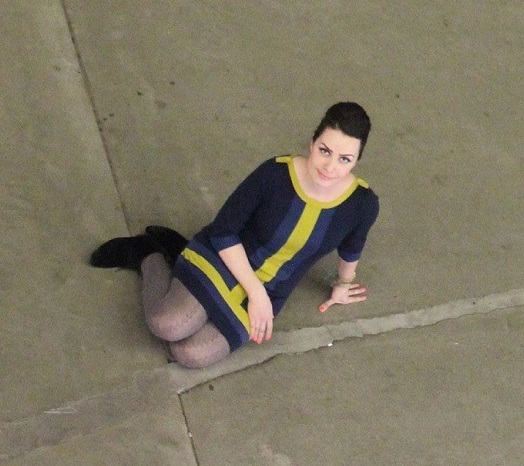2,149 Total views, 2 Views today
HOW TO MAKE SENSE OF FEMINIST ART IN A CULTURE WHERE WOMEN’S VOICES ARE ABSENT.
By Kani Kamal
WHEN I studied art at university in Sulaymania 16 years ago, the course was based on an old fashioned way of thinking. There was a gendered mentality so, for example, in most cases only men could study painting and sculpture, and only women could study ceramics. Decisions based on that kind of gendered mentality determined our fate.
I was accepted onto the ceramics course – one of eight women and only one man.
Ceramics study in Kurdistan-Iraq was about making pottery, plates and other utensils thought useful to women for their housekeeping. The conservative view was that only women could handle this type of art.
In the UK where I studied for an MA in Fine Arts, I was given the chance to view many exhibitions. Most were dedicated to feminist art and raised many questions in my mind about art from a feminist perspective.
Studying in London ignited a feminist beginning for my artistic journey and with this knowledge and in this intellectual arena, I continue to be productive. My latest production – still in progress – is an instrument called Her Sound. It consists of a wooden plate, a rolling pin, two clothespins and my hair as a string for this instrument.
It’s really difficult to identify feminist art in Iraq and a lack of visible feminist art and a critique of a male dominated culture have contributed to the production of patriarchal art. The main concern of this gendered art production is women’s beauty, femininity, nature and war. This kind of art is simply standing on one foot and cannot move forward to accommodate feminist art.
What we see is only celebratory art rather than serious critiquing and artistic contribution. It is art form divided between nature and tragedy, and so we neglect the important questions of the individual and their individual tragedies as a person and a woman.
With this in mind I believe that feminist art is the only key to Kurdish artistic progress. It is from this starting point that we can criticize male dominated art, can criticize phallocentric art. Feminist art, too, is not beyond criticism.
Through art like Her Sound I want to challenge the concept behind forcing me to study ceramics based on my gender. I want to change that dominant and persistent male view of household utensils and the way they are exclusively associated with women. I want to overturn the meaning and criticise from a feminist perspective.
The sound of my hair is my reaction to the history of art, in particular the visual art in Iraq and Kurdistan. But so far it’s been a hard job to get feminist art noticed.

